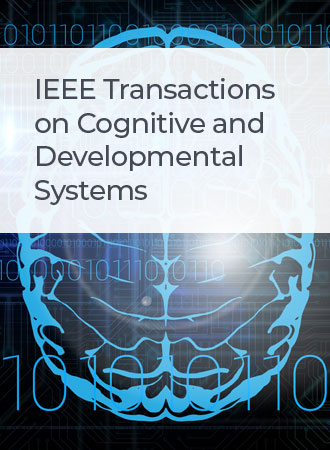基于合作优化算法的多个互不相连区域的无人机覆盖路径规划
IF 4.9
3区 计算机科学
Q1 COMPUTER SCIENCE, ARTIFICIAL INTELLIGENCE
IEEE Transactions on Cognitive and Developmental Systems
Pub Date : 2024-08-19
DOI:10.1109/TCDS.2024.3442957
引用次数: 0
摘要
本文研究了无人飞行器(UAV)对由多个孤立区域组成的未知地点进行调查时的覆盖路径规划问题。该问题是典型的非确定性多项式时间困难(NP-hard),不容易解决,特别是考虑到每个区域的规模。通过将问题分解为两个级联子问题:1)覆盖特定多边形区域;2)确定不同区域的最优参观顺序,可以更有效地找到近似解。首先,将目标区域近似为凸多边形,并基于四个控制点设计覆盖模式;然后,根据区域指标和控制点定义的状态,确定最优参观顺序。我们提出了两种不同的优化方法来解决这个问题。第一种方法是遗传算法的直接扩展,使用自定义编码方法。第二种方法是基于强化学习(RL-based)的方法,它通过端到端策略训练将问题作为旅行推销员问题(TSP)的变体来解决。仿真结果表明,该方法能够有效地解决多区域覆盖问题,具有竞争最优性和效率。本文章由计算机程序翻译,如有差异,请以英文原文为准。
UAV Coverage Path Planning of Multiple Disconnected Regions Based on Cooperative Optimization Algorithms
This article addresses the coverage path planning problem when an unmanned aerial vehicle (UAV) surveys an unknown site composed of multiple isolated areas. The problem is typically non-deterministic polynomial-time hard(NP-hard) and cannot be easily solved, especially when considering the scale of each area. By decomposing the problem into two cascaded subproblems—1) covering a specific polygon area; and 2) determining the optimal visiting order of different areas—an approximate solution can be found more efficiently. First, the target areas are approximated as convex polygons, and the coverage pattern is designed based on four control points. Then, the optimal visiting order is determined based on a state defined by area indices and control points. We propose two different optimization methods to solve this problem. The first method is a direct extension of the genetic algorithm, using a customized coding method. The second method is a reinforcement learning-based (RL-based) approach that solves the problem as a variant of the traveling salesman problem (TSP) through end-to-end policy training. The simulation results indicate that the proposed methods can provide solutions to the multiple-area coverage problem with competitive optimality and efficiency.
求助全文
通过发布文献求助,成功后即可免费获取论文全文。
去求助
来源期刊

IEEE Transactions on Cognitive and Developmental Systems
Computer Science-Software
CiteScore
7.20
自引率
10.00%
发文量
170
期刊介绍:
The IEEE Transactions on Cognitive and Developmental Systems (TCDS) focuses on advances in the study of development and cognition in natural (humans, animals) and artificial (robots, agents) systems. It welcomes contributions from multiple related disciplines including cognitive systems, cognitive robotics, developmental and epigenetic robotics, autonomous and evolutionary robotics, social structures, multi-agent and artificial life systems, computational neuroscience, and developmental psychology. Articles on theoretical, computational, application-oriented, and experimental studies as well as reviews in these areas are considered.
 求助内容:
求助内容: 应助结果提醒方式:
应助结果提醒方式:


